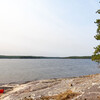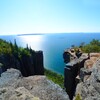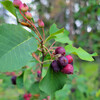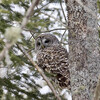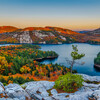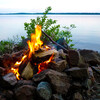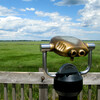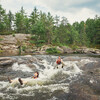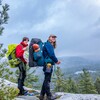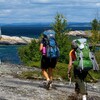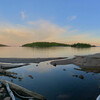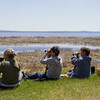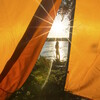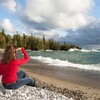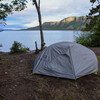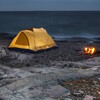
Get Tips on How To Catch Brook Trout
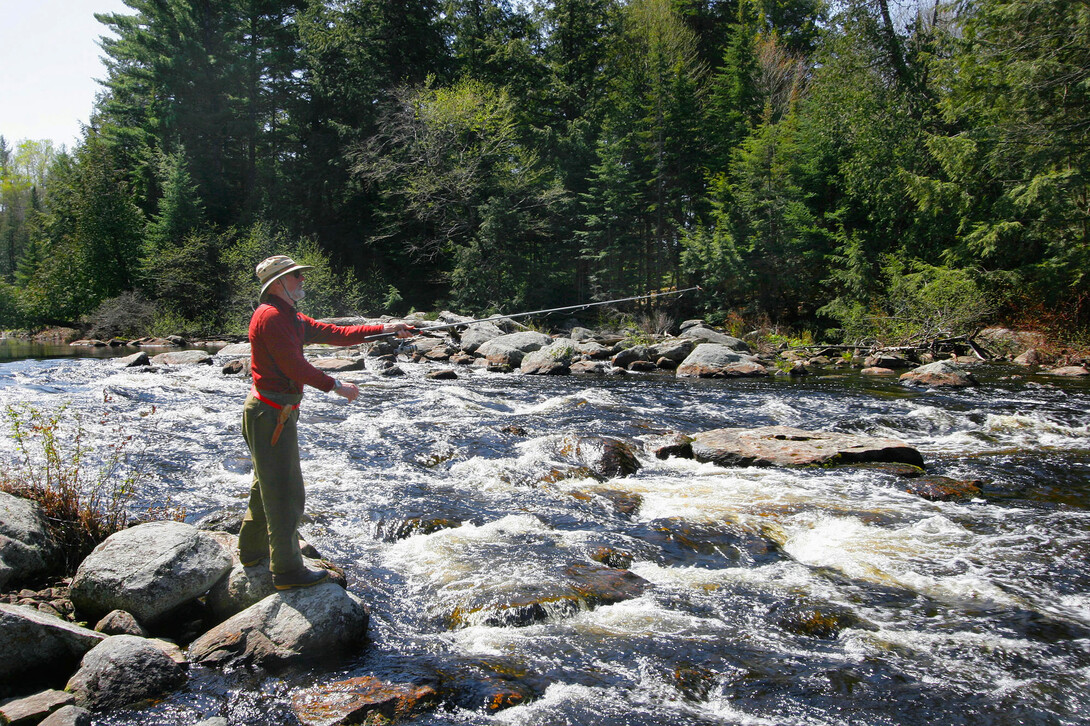
Algonquin Park is home to one the best trout fisheries in Canada. In fact, it has the highest concentration of brook trout lakes and streams in the world! Naturally reproducing native lake trout and brook trout thrive in its clear, cold, deep water, low-nutrient lakes and streams that have been protected from development for over 100 years. In addition, the whole park is a winter fish sanctuary eliminating any winter fishing pressure.
Near the east/west Highway 60 corridor and any vehicle access zones, trout have been subjected to more fishing pressure simply because of the ease of access. Stocking and other special regulations have created a decent managed fishery but the most pristine and special fishery is in the park interior.
Although you can't get there easily as it is not accessible by motorized vehicle or plane, it’s worth the effort for people, like me, who relish the silence, simplicity and self-reliance of a wilderness canoe trip.
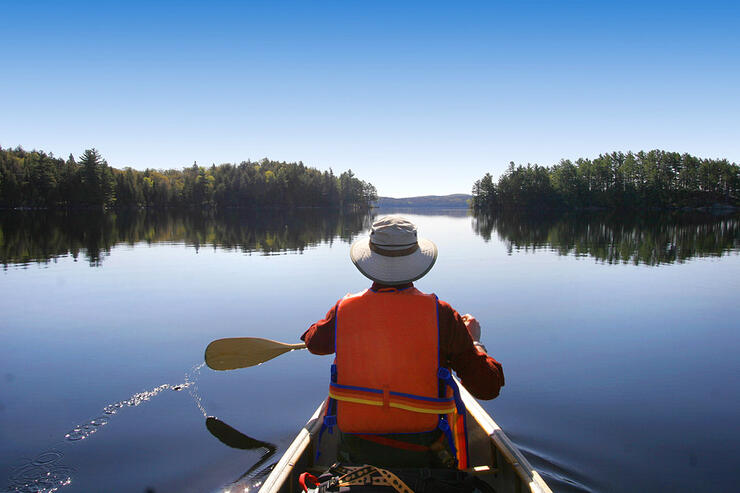
With each stroke of my paddle and each step along the portage, I get further away from civilization and become more in tune with nature. Fishing is a bonus and a privilege that simply adds to the overall magic of the journey.
WHY SPRING?
Why spring for trout fishing, some may ask, when weather is so much nicer in summer and the water warm and safer for travel? Many fishermen (and women) fish for both lake trout and brook trout in the spring, because they often inhabit the same water-bodies and both are easiest to catch and most active in the spring. Both species require cold water to live. In summer, these fish are deep down in lakes and streams where the cold water is. They are not easy to catch or find then.
After the ice goes out each spring, trout like the cold water near the surface, and they feed there from late April into June, often voraciously. That is the best window of the year for good trout fishing, and also just for viewing brook trout feeding on the surface. Those little ripples, and sometimes big splashes, on a lake on a calm spring morning can be brook trout feeding. As the bugs start to hatch in May, the brook trout like to come up to the surface and eat them. So it’s no surprise that the very best brook trout fishing is in peak of bug season. That keeps some people away... bug repellent can be very useful at such times.
ABOUT BROOK TROUT
My favourite fish in Algonquin is the brook trout, otherwise known as a speckled trout. This is a lively, colourful, and strong fish that needs cold, oxygen-rich water.
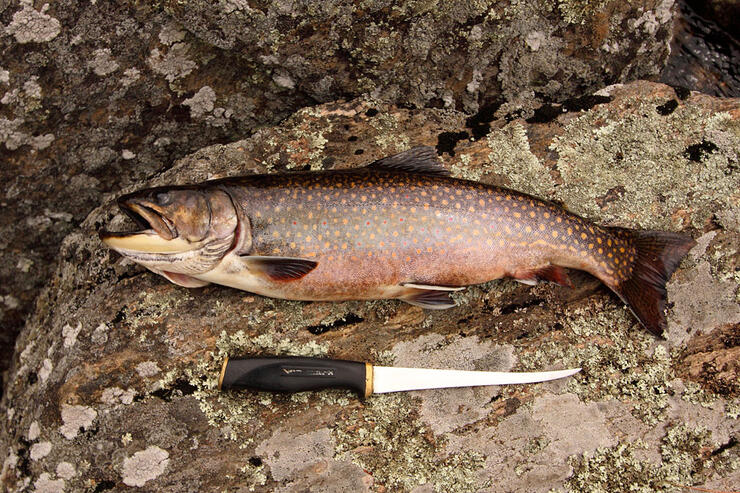
Their square tail and multitude of coloured spots all over the body make them easy to recognize (lake trout have more of a forked tail and a mottled appearance). They can be found in most of the lakes, as well as rivers connected to a lake system. I have even found big brook trout in tiny streams along a portage.
Brook trout really shine for me in moving water and rapids, where fishing strategies and skill can make a big difference to success. Casting into small pools within a set of rapids, such as behind boulders, a well-placed cast can result in a hit. They put up a fight, often with lots of jumping too.
A couple of pan-size, freshly caught speckles, fried over a campfire in butter, are a delicacy like no other. The colour of the meat is quite variable. Usually it is pale orange but it can also be closer to white or as red as a sockeye salmon. That depends on its major food source that varies by water body.
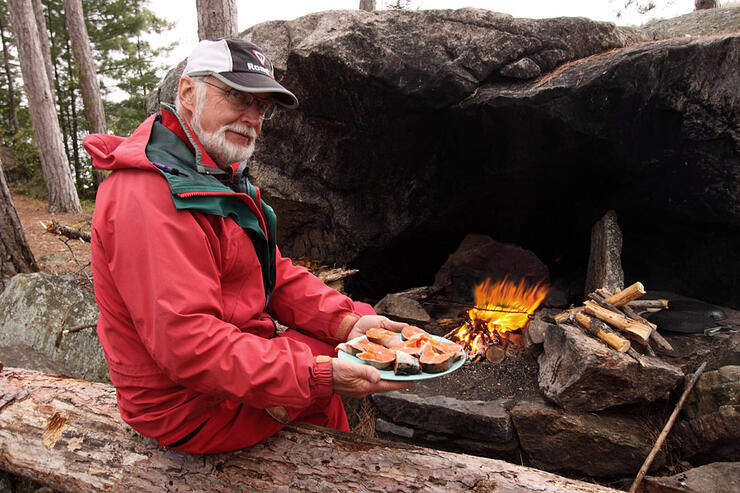
It’s tempting to catch and eat more, but we resist, keeping in mind the legal limits of a conservation fishing license. Trout can grow up to five pounds, but most are under a pound. The big ones can be important breeding stock, so try to release quickly. Barb-less hooks are a good idea for easy and fast release. Catch and release is the best approach to ensure the future of this fragile fishery.
HOW TO CATCH BROOK TROUT
Normal spinning gear works well for spring brook trout. Small spinners and spoons are what I use. Cut off the barbs and use single hook. That way the fish can he released fast and easily without damage. People have their favourites and some swear by colour. I personally like black spinners with yellow dots, and also small blue and silver spoons, but others have their own ideas. Keep in mind that live fish bait is not permitted in Algonquin. Stick with artificial lures or flies only.
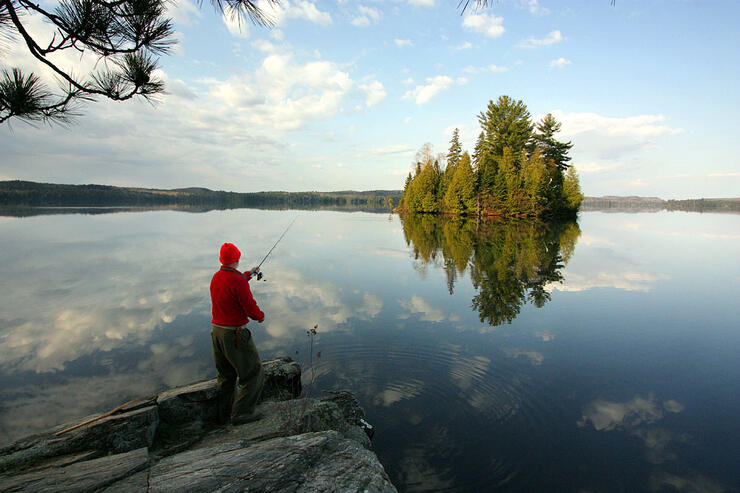
The ultimate in Algonquin brook trout fishing is fly-fishing during May and June, when the various bug hatches occur. This is truly precision, strategic, and skilled fishing requiring a lot of practice. Most of the fly-fishing people I have encountered enjoy it as a catch and release sport.
FINDING THE FISH
Probably the big question is: where exactly to go for good trout fishing in Algonquin? I'll leave that up to you. It's not difficult to find your own favourite lake and river. The park publishes fishing success surveys that are conducted every spring. Certain commercial canoe route planning maps are available for sale in the park, and at outfitters that show the fish species in each lake and river. Look at the major river systems linking lakes in the south, central and north core of the park. Follow those and you will find your good fishing spots.
TIPS FOR A SPRING FISHING CANOE TRIP
A six- to eight-day spring canoe trip in Algonquin is a yearly event for me. I look forward to it all winter. Usually we have not been disappointed with the fishing. It varies year by year and location by location, based on water levels, weather, water temperature, insects and timing.
For anyone contemplating a spring fishing canoe trip, here are a few tips that come to mind.
- The rule of thumb for me is that good trout fishing is one to two days' canoeing and several portages away from the access point.
- Make sure you have good summer canoeing skills first before attempting a spring canoe trip. Water is cold, and weather can be both cold and extreme, so spring canoeing is potentially hazardous.
- Bring lots of warm clothes, rain gear and a proper PFD. Wear it.
- Stay close to shore. A canoe that capsizes far from shore is a life-threatening situation. The body seizes up in minutes in cold water.
- Consider bringing a personal location device, because there is no cell phone service deep in the park.
- Never rely on fish for food on a canoe trip, because that can mean exploiting fish if fishing is good, and no food if fishing is poor or conditions are not favourable.
- If eating some fish, it’s really best to minimize and savour small portions in respect of the fragile fishery.
- Check carefully the special fishing regulations in Algonquin Park before taking that first cast!
- Don’t forget to purchase a fishing license and park permit and carry it with you. A conservation fishing license makes sense for less impact on populations.
- To minimize your impact on this fragile trout fishery, practice catch and release.
Safe travels and good luck!
For more information
- Algonquin Provincial Park
- Friends of Algonquin Park
- Ontario Fishing Regulations
- Fishing in Algonquin Park
- Algonquin Stocked Lakes
- Ontario Fishing Trips
Algonquin Park Trout Fishing Survey
This annual survey asks Algonquin anglers to report their trout fishing effort and catch in backcountry lakes to assist the Algonquin Fisheries Assessment Unit in monitoring the health of Algonquin's world-class trout fishery. The next time you are registering for a back country trip from any backcountry access point office, ask for a simple Trout Fishing Survey form and participate! Help the Algonquin Fisheries Assessment Unit monitor the Park's wild Brook and Lake Trout populations.
Recommended Articles
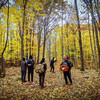
Throw Like a Pro
11 Best Places to Go Rock Climbing
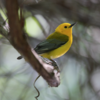
Birding Hotspots
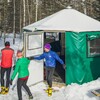
Winter Camping in Ontario Parks
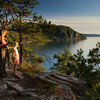
Your Outdoor Adventure Vacation Starts Here
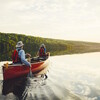
Outdoor Playgrounds
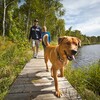
Take Your Dog on Vacation
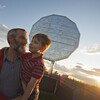
Vacation Hotspots

The Best Killarney Hikes
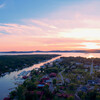
Ontario's Best Family Resorts

Dogs Welcome!
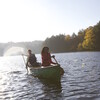
Activities in Muskoka
9 of the Most Beautiful Fall Destinations
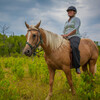
Horseback Trail Riding in Ontario
Get Inspired for Your Next Adventure
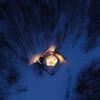
Go Winter Glamping

Dog-Friendly Hikes in Ontario
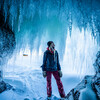
Plan Your Adventure
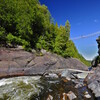
Ontario’s National Parks
